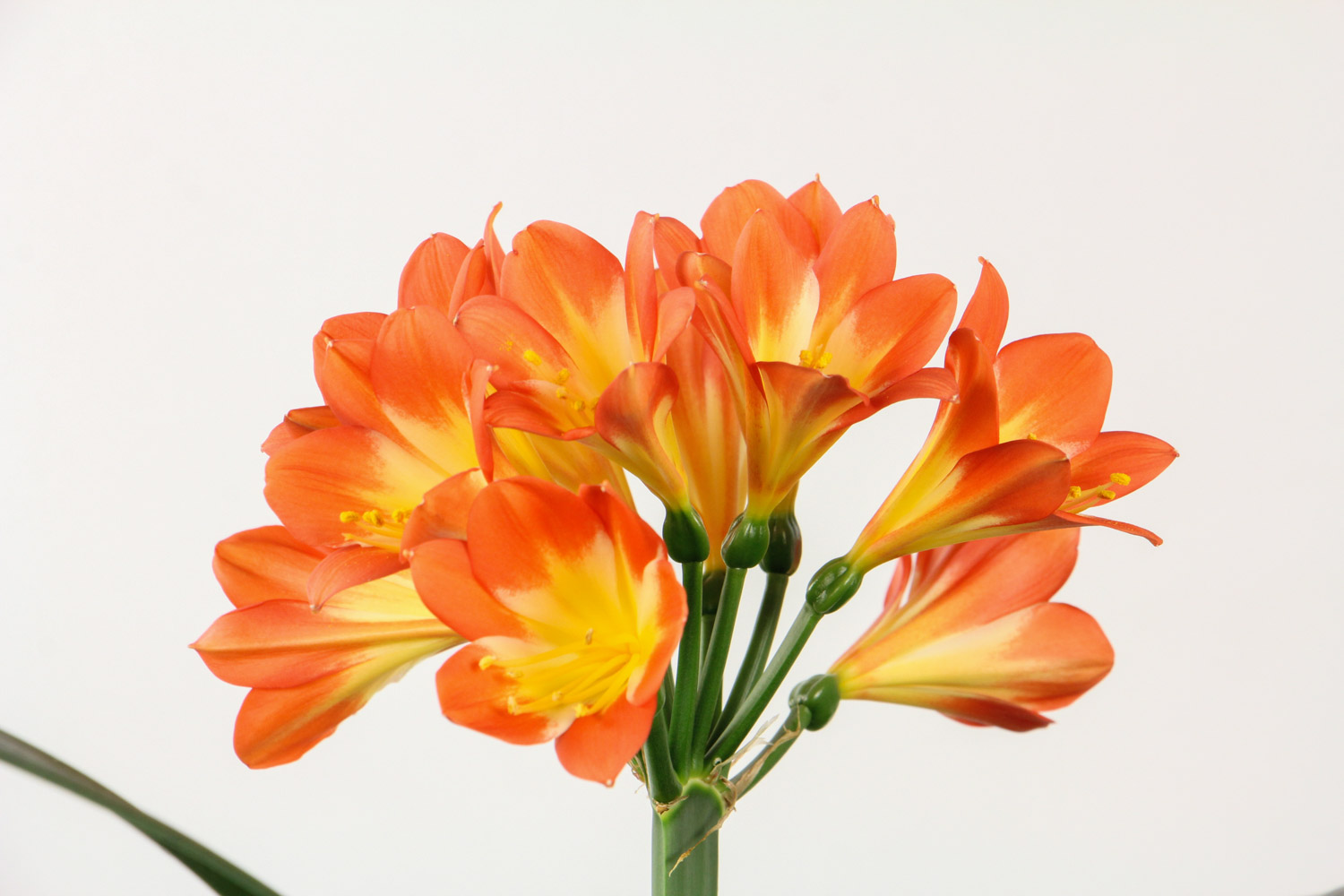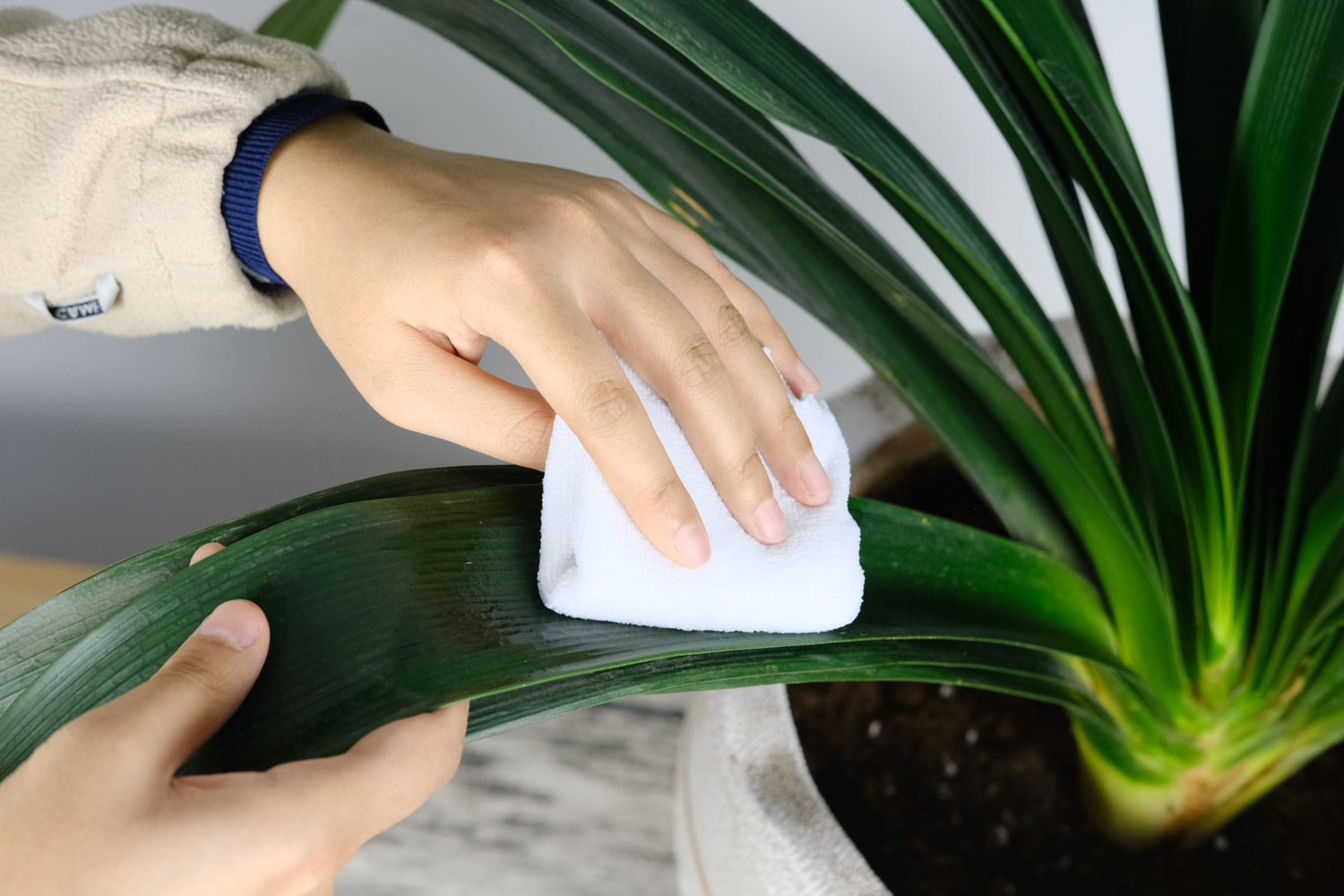1、 Seeding method
This method is usually used for mass reproduction. In the early stage, it is necessary to promote germination. Put the seeds into water with a temperature of about 35 ℃ and soak them for 20-30 minutes, then take them out and dry them. Generally, they are allowed to dry for two hours. If conditions permit, it is better to use sodium phosphate solution
Select the soft and breathable cultivation soil with good drainage effect. You can dig humus soil near the trees and add one-third of fine sand for mixing. The treated seeds are evenly sown in the culture soil without water supply. They are placed in an environment of about 24 degrees for maintenance. Generally, seedlings will grow in two weeks

2、 Ramet method
This method is generally used in family maintenance. The amount is not very large and the operation is simple. The two-year-old Clivia will produce seedlings near the root, and then it can be divided. Take the plant out of the pot, remove the soil, find the dividing point between the seedling and the mother plant, hold the false bulb with one hand and the root of the plant with the other hand, and tear it. If it can't be broken, don't use force. Cut it off with a sterilized knife, and don't use force to break the plant. After breaking it off, smear the wound with dry charcoal powder to prevent decay. The separated young plants shall be planted in the soil, and the depth shall be subject to the fact that the soil can not pass through the pseudobulb


 how many times do yo...
how many times do yo... how many planted tre...
how many planted tre... how many pine trees ...
how many pine trees ... how many pecan trees...
how many pecan trees... how many plants comp...
how many plants comp... how many plants can ...
how many plants can ... how many plants and ...
how many plants and ... how many pepper plan...
how many pepper plan...





























